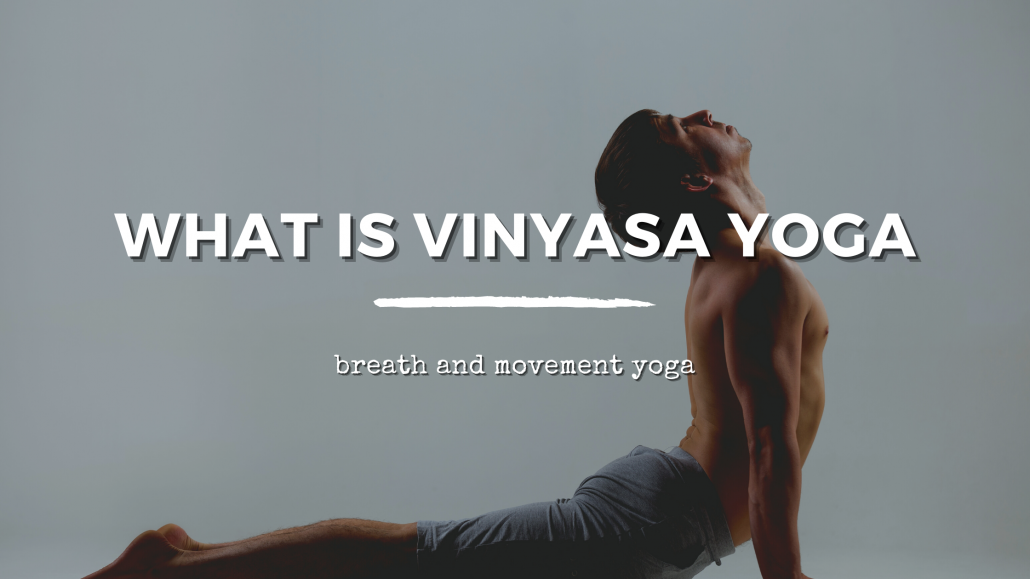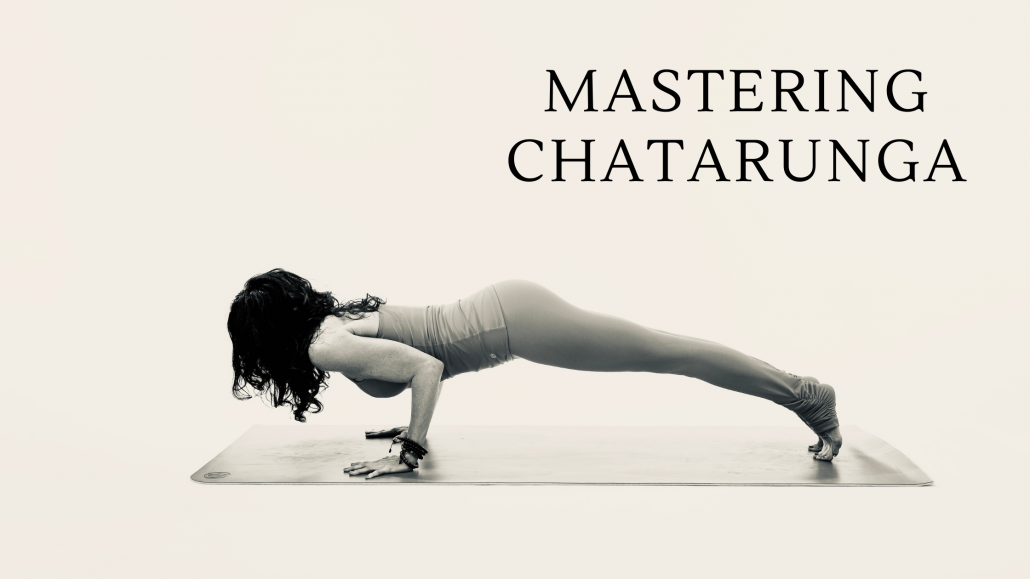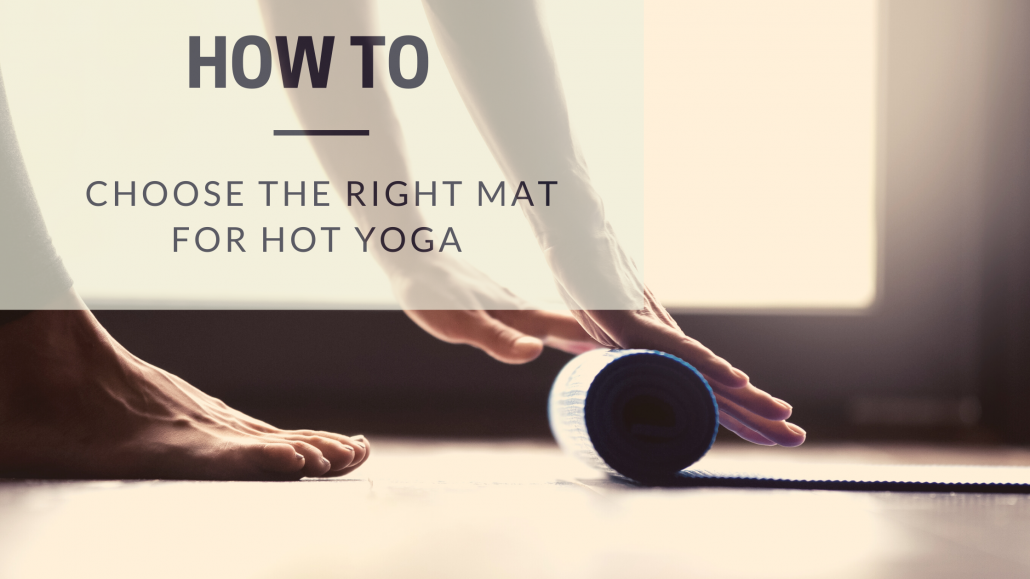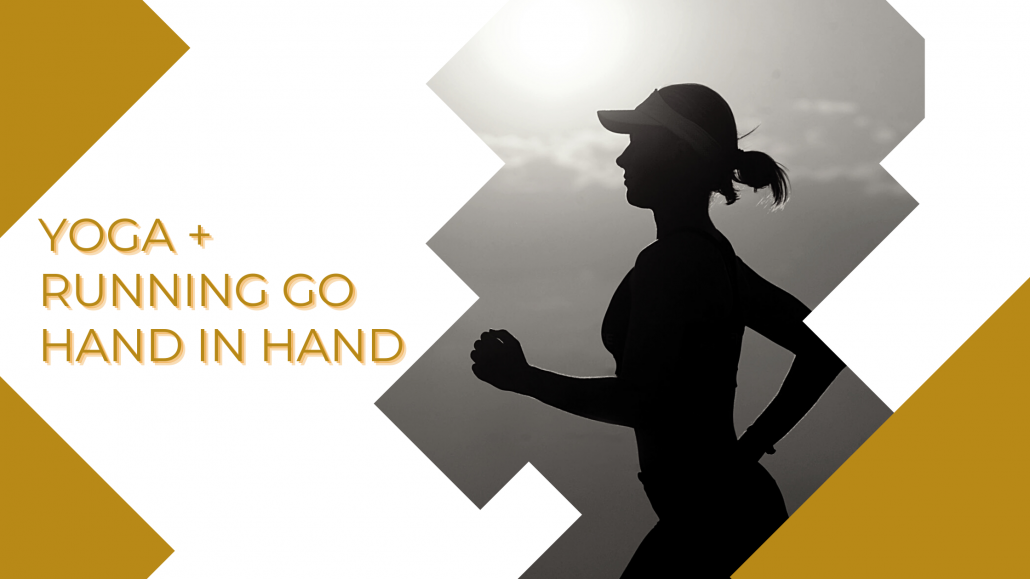Do Grand Rapids Locals Prefer Morning or Evening Workouts?
If you’re trying to find the best time to work out in Grand Rapids, you’re not alone. One of the most common questions we hear at Fever Yoga Cycle Strength is: “Should I be working out in the morning or the evening?” While both options have benefits, we’ve noticed clear patterns right here in our community—and we’re here to help you discover what works best for you. Building a balanced fitness week is key to a successful routine.
Morning Workouts in Grand Rapids
Many of our members love the sense of accomplishment that comes from getting their movement in early. Whether it’s a sunrise hot yoga class, a focused barre session, or a strength class that jump-starts your day, morning workouts offer:
• A mood and energy boost (thanks, endorphins)
• Better consistency and fewer schedule interruptions
• A sense of community with other early risers
At our Grand Rapids fitness studio, popular morning classes include hot yoga, barre sculpt, strength training and cycle—especially before work hours.
Evening Workouts in Grand Rapids
For others, evening workouts at Fever offer a welcome release after a busy day. Whether you’re sweating it out in a high-energy cycle class, building strength with resistance training, or grounding down with yoga, evening workouts:
• Help release daily stress
• Offer more flexibility for late risers or parents
• Often feel more social and community-driven
We see consistent turnout for evening hot yoga in Grand Rapids, especially among those who prefer to work out after 5 p.m.
Which Is Best? The Answer: It Depends on You.
Whether you prefer AM or PM workouts, we’ve got options to meet your schedule. Our goal at Fever is to support your long-term consistency—so choose the time that helps you show up most regularly.
Looking to build a habit? Start with 2–3 classes per week during your preferred window, and mix in a variety of modalities:
• Barre, Pilates, Hot Pilates and Hot Barre in Grand Rapids for strength and alignment
• Hot yoga for detox, flexibility, and empowerment
• Group personal strength training for guided results
• Cycle classes in Grand Rapids for high-energy cardio
Final Thoughts
At Fever YCS, we offer morning and evening fitness classes because we know one size doesn’t fit all. Your lifestyle, energy levels, and goals matter—and we’re here to support them with flexible schedules, welcoming instructors, and results-driven programming.










